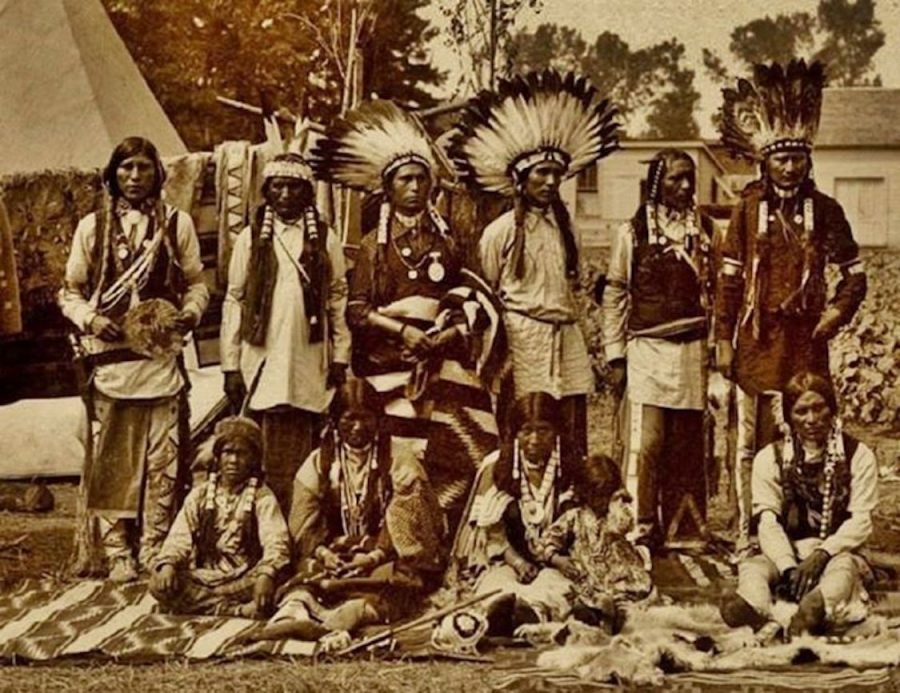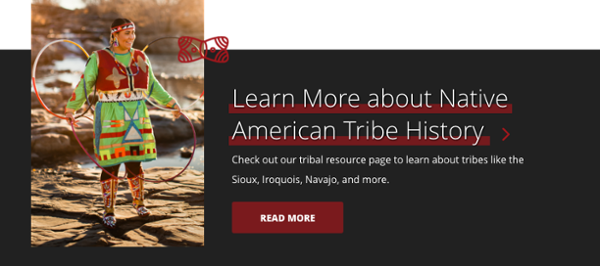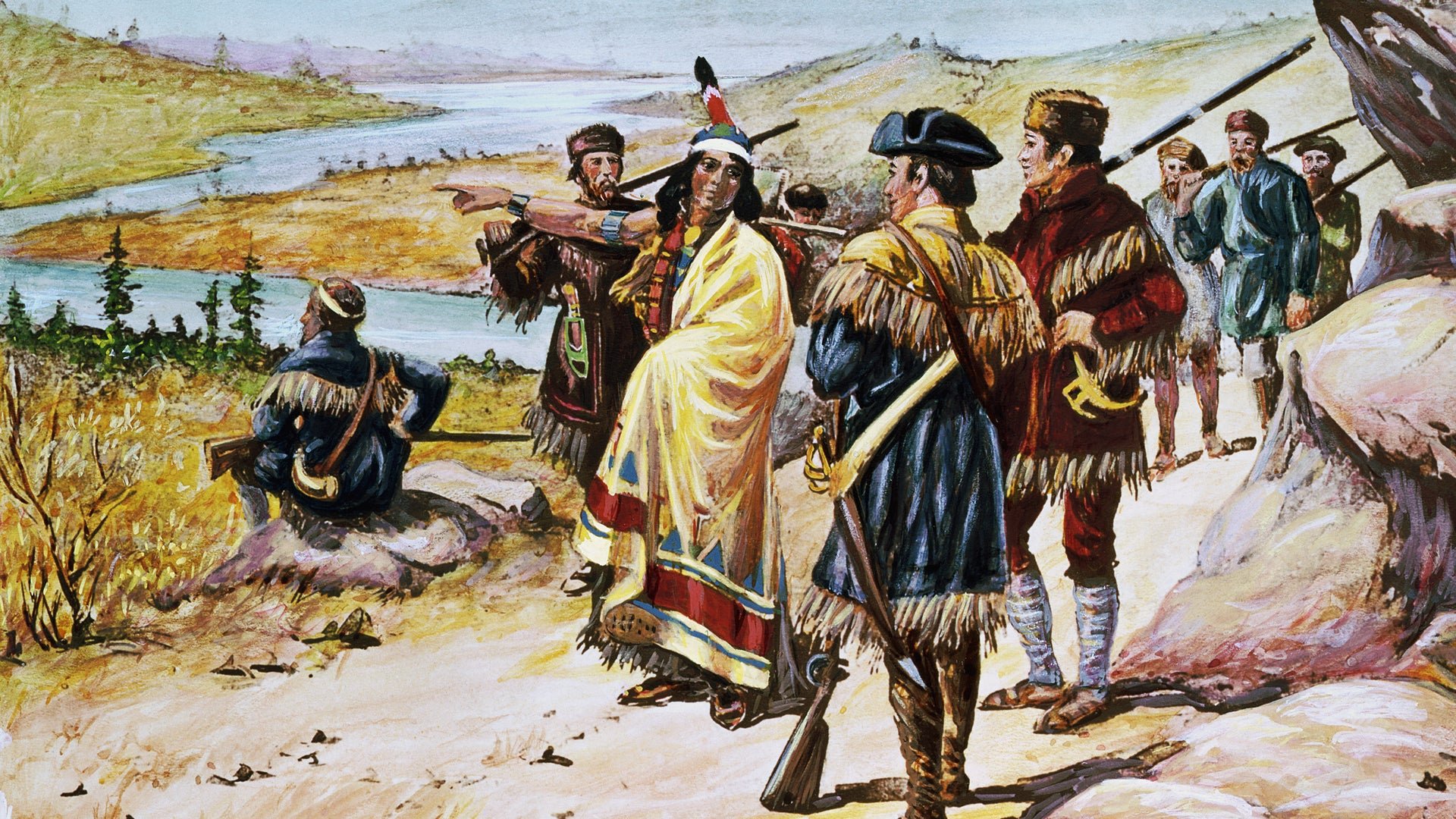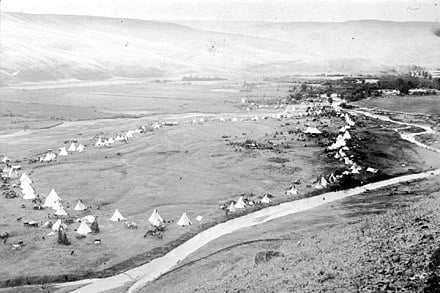Feb 12, 2023 | Native Hope
The Apache Nation has an interesting and resilient history. From decades of wars, unfair treaties, and the fight to keep culture amid repeated assimilation attempts, the Apache honor their ancestors through their strength and devotion.
History of the Apache Tribe
Where did the Apache Tribe Live?
Historically, the Apache lived in the high mountains, sheltered and watered valleys, deep canyons, and deserts. This area is now Eastern Arizona, Northern Mexico, New Mexico, West Texas, and Southern Colorado. These areas are collectively known as Apacheria.
The Apache is made up of six different groups within the larger tribe. Each band may have its own beliefs, history, location, and customs. For example, the Chiricahua Apache entered into what is now known as the Southwestern United States sometime between 1400 and 1500. This group of Apache was made up of bands that settled in Arizona, New Mexico, and Northern Mexican deserts. The six tribes within the Apache are the Chiricahua, Jicarilla, Lipan, Mescalero, Western Apache, and Kiowa.
History of the Apache Name
Each group within the greater tribe of Apache has a different origin for their name, such as the Chiricahua Apache’s name coming from the Chiricahua mountains in Southeast Arizona. The title of Apache is derived from the Spanish and Zuni words for enemy or outlaw. However, the Apache call themselves Indé, which means person or people.
Apache Relations With Spain, Mexico, and the United States
The Spanish first discovered Apache tribes in 1540 as a result of the Coronado expedition. However, Apache did not have to deal with settlers on their land until Juan de Oñate entered the Pueblo country in what is now New Mexico. There was consistent tension between Apache bands and Spanish settlers, and Spanish colonists and Apache bands would raid each other. However, some groups traded with one another and were generally peaceful. The nature of relationships seemed band-specific and not generalized across all Apache communities or Spanish settlers.
After Mexico’s independence in 1821, relations between the Apache and Mexico became tenser. The Spanish forts established to curb Apache raids were removed, so Apache bands began to raid Mexico more consistently. The tensions between Mexico and the Apache led to a bounty on Apache scalps established by the Mexican government in 1835. However, some Mexican villages still traded with Apache bands. Apache groups partnered with the U.S. government during its war against Mexico in 1846, allowing for safe passage for U.S. soldiers over their land.

The Apache Wars
The Apache Wars were fought fiercely for 24 years. Fueled by gold miners settling in the Santa Rita Mountains, rising conflicts between the U.S. government and Apache bands, and continued tension between Apache and Mexico and Spain, the wars were fraught with loss and trauma. Most of the battles were not traditional, open battles but were instead conflicts characterized by ambush attacks.
Ultimately, the United States developed reservations for the Apache, the Spanish, and the Mexicans. These reservations were often poorly managed but strictly guarded, so anyone who tried to leave was harshly punished. Within these reservations, bands of Apache who had no ties to each other were forced to live together. Many Apache warriors refused to settle on reservations, continuing their raids and ambushes instead.

Two notable leaders in the Apache raids were Geronimo and Victorio. They fought against the order for Apache to settle on reservations and kept up their rebellion until 1886, when Geronimo and his followers surrendered, thus ending the Apache wars.
The Chiricahua Apache were taken from the West as prisoners of war for 27 years. After this period, they were given a choice to either take allotments of land in Oklahoma or live on the Mescalero Reservation in New Mexico. Around two-thirds of the group chose to live on the reservation.
Other notable treaties between the United States and the Apache include the Treaties of the Medicine Lodge (1867), which forced the Apache, Comanche, Kiowa, Cheyenne, and Arapaho tribes to begin farming in an effort to assimilate them and quell the white fear and perception that Native people were warlike and uncivilized. In 1889, Congress passed the General Allotment Act, dividing the tribal reservations into individual allotments. Any unclaimed lands were sold to white settlers. This treaty left the Apache with just 32,643 acres of land from the original reservation, which spanned 2.9 million acres.
Assimilation attempts such as the Treaties of the Medicine Lodge continued into the 1890s, with many Apache children sent to the Carlisle Indian School in Pennsylvania. Government and missionary schools were also established among the Apache.
Apache Culture
Family Life and Community

Apache are matrilineal, which means that the family tree is traced through the mother of each family. Throughout history, Apache families have been close and have lived together. Mothers and daughters completed much of their work together. The families that lived together often traveled together since, for much of history, the Apache were nomadic and moved when the seasons changed.
Becoming a warrior was a sacred calling and role in Apache communities, and both men and women could have this honor. Training to become a warrior began when they were young and many toys Apache children played with were pretend weapons. Becoming a warrior was intense, with some trials including running for two days straight without food or sleep, learning to lie entirely still to disappear into their surroundings, and diving into frozen rivers.
Apache tribes almost always functioned without a centralized tribal organization. Instead, they followed a band, which was a small group within a more prominent tribe. The bands served as the primary political and raiding unit, and the head of the band was recognized as an informal chief.
Homes and Food
The Apache lived in huts called wickiups, which were made from grass, hides, and other materials. Apache women would harvest agave when it was in season. Strips of Agave were dried and carried with the Apache for food. Apache also hunted buffalo and eventually farmed, though farming proved difficult for them to adapt to and was mainly a push for assimilation from the U.S. government.
Religious Beliefs
Apache religion was based on the belief in supernatural things and the power of nature. Each group of Apache had its own interpretation of the supernatural and spiritual things. The Mescalero Apache, for example, believe that the White Painted Woman gave them the virtues of pleasant life and longevity.
In Mescalero's beliefs, the White Painted Woman raised a son to help protect her people, the Apache, from the evil monsters and to make the earth inhabitable. The White Painted woman is the model of heroic and virtuous womanhood.
The time of a young girl reaching puberty is sacred within Apache tribes. There are sacred and extensive ceremonies that celebrate this transition into womanhood. The ceremonies last multiple days and can require months, and sometimes years, of preparation.
During the ceremony, girls perform elaborate dances and are given special blessings. Parents also choose godparents for their daughters, and a medicine man and medicine woman prepare sacred items for the event. In the Mescalero tribes, girls dress and act as the White Painted Woman during their puberty rite.
Where is the Apache Tribe Today?
Today, Apache groups can be found in Oklahoma, Arizona, and New Mexico. There are 13 different Apache tribes represented in the United States today. Modern Apache is still advocating for the true history of their tribe and story to be told.
Some famous Apache nation members include Samantha Crain, a singer-songwriter from Shawnee, Oklahoma, and Margo Tamez, an Apache author who grew up in the unceded Lipan Apache territory in South Texas.
Want to Learn More About Native American History?






COMMENTS